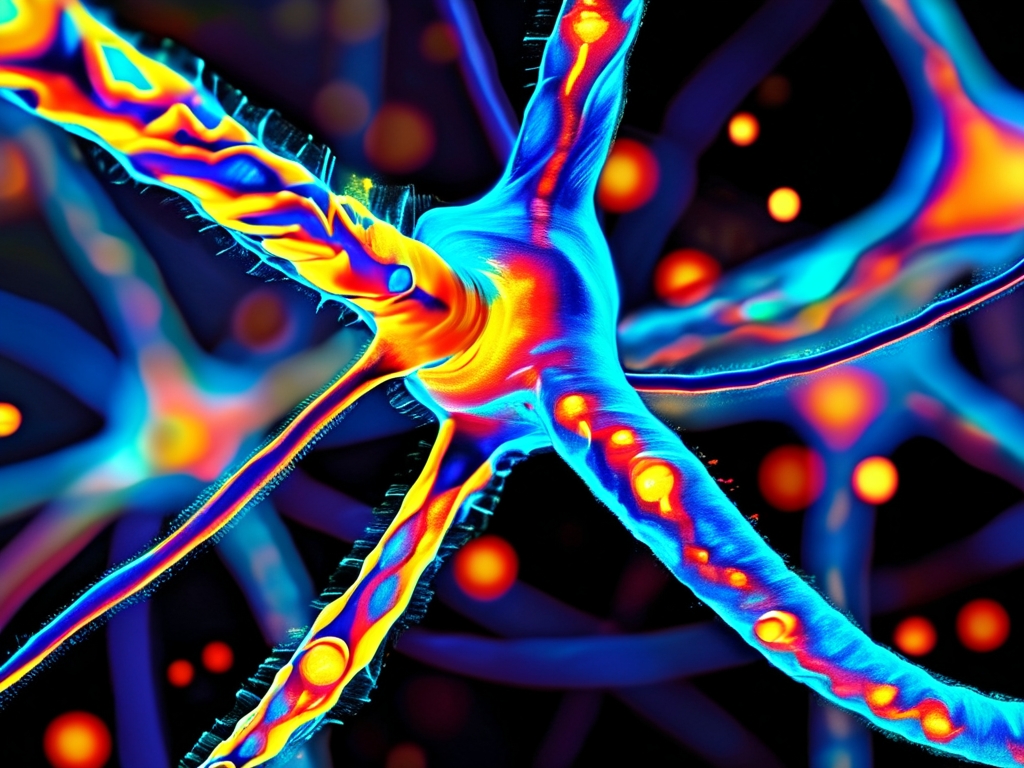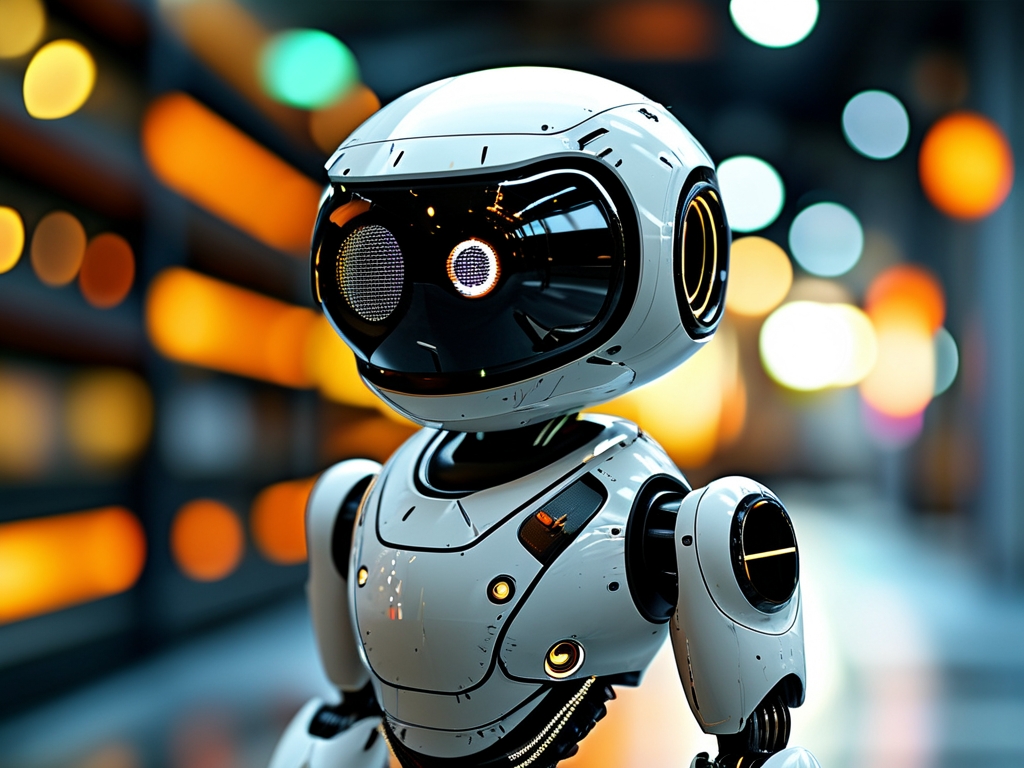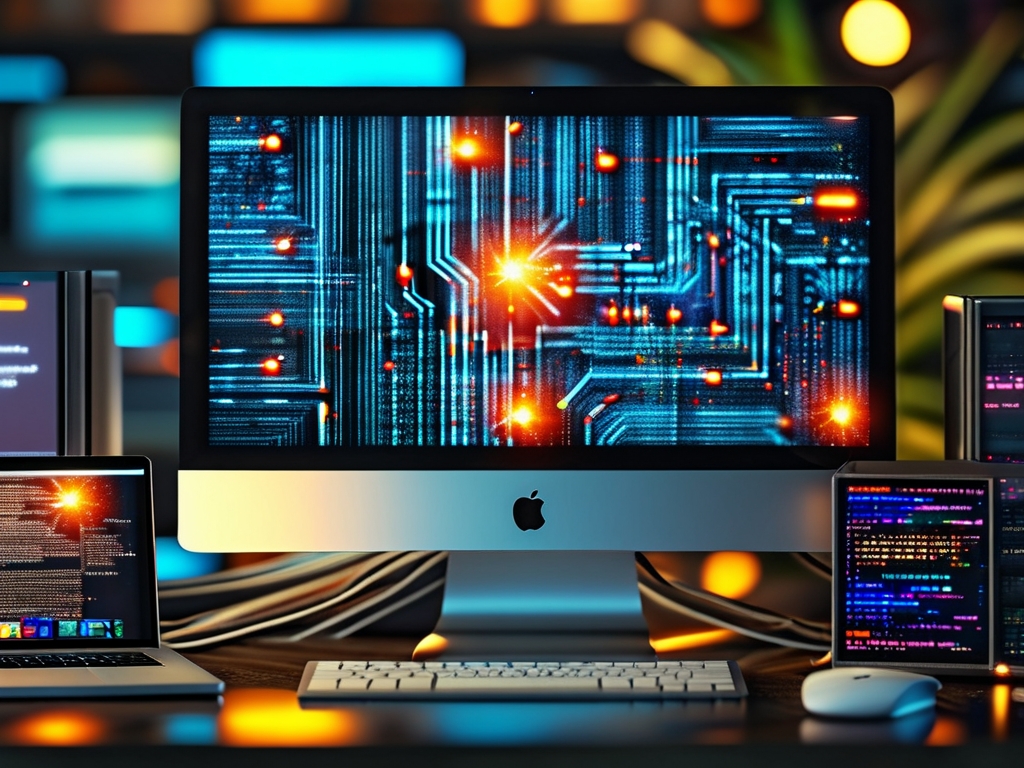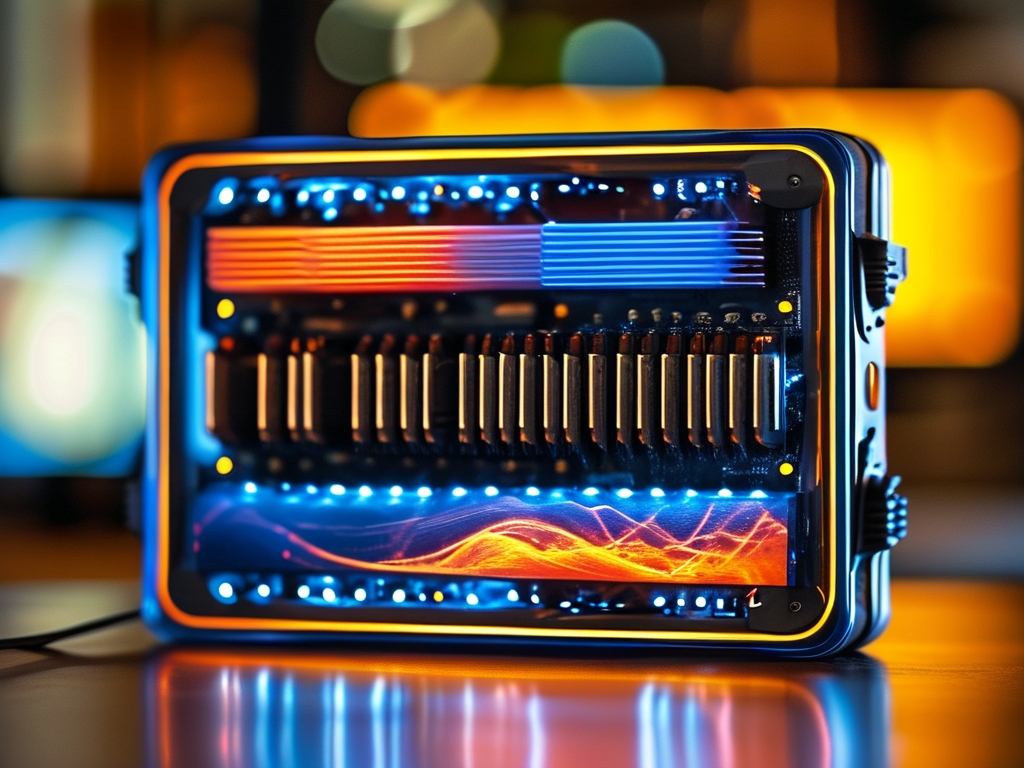In the past decade, neural networks have transcended their traditional roles in data analysis and predictive modeling to become groundbreaking tools in creative industries. From generating surreal paintings to automating complex video edits, artificial intelligence (AI) is redefining how art is conceptualized and produced. This article explores the transformative impact of neural networks on digital painting and video editing, examining their technical foundations, real-world applications, and ethical implications.
The Rise of Neural Networks in Digital Painting
Neural networks, particularly generative adversarial networks (GANs) and transformer-based models, have revolutionized digital art creation. Tools like DeepDream, DALL-E, and MidJourney leverage these architectures to convert text prompts or rough sketches into high-resolution artworks. For instance, OpenAI’s DALL-E 2 analyzes textual descriptions like "a cyberpunk cityscape at sunset" and generates intricate images that blend realism with imaginative flair.

Artists now collaborate with AI to push creative boundaries. Refik Anadol, a media artist, uses neural networks to transform datasets into immersive visual installations. By training models on historical art archives, his work merges Renaissance aesthetics with algorithmic randomness, producing pieces that challenge notions of authorship. Similarly, platforms like Runway ML democratize AI art by letting users fine-tune pre-trained models for personalized styles, from Van Gogh-esque brushstrokes to futuristic glitch effects.
However, this fusion raises questions. Can AI-generated art evoke the same emotional resonance as human-made works? Critics argue that algorithms lack intentionality, while proponents highlight how AI amplifies creativity by offering unexpected compositional choices.
Neural Networks in Video Editing: Precision Meets Automation
Video editing, once a labor-intensive process, is being streamlined by neural networks. AI-powered tools like Adobe Sensei and Descript analyze footage to automate tasks such as scene segmentation, color grading, and even dialogue-based clip sequencing. For example, a model trained on film genres can identify "action sequences" in raw footage and suggest edits with dynamic transitions and pacing.
One breakthrough is neural style transfer in video. By applying the visual style of one image (e.g., a watercolor painting) to entire video frames, editors can achieve cohesive aesthetic transformations in minutes. Startups like Artbreeder offer tools that morph scenes between styles while maintaining temporal consistency—a task nearly impossible manually.
Moreover, AI enhances accessibility. Tools like Synthesia generate multilingual video content using AI avatars, while NVIDIA’s Vid2Vid model upscales low-resolution clips to 4K quality. These innovations are invaluable for indie filmmakers and marketers with limited budgets.
Technical Challenges and Ethical Dilemmas
Despite progress, challenges persist. Training neural networks for art requires massive datasets, often scraped from copyrighted works without consent—a legal gray area. In 2023, Getty Images sued Stability AI for using its photos to train Stable Diffusion, igniting debates about intellectual property in the AI era.
Bias is another concern. Models trained on Western art datasets may underrepresent diverse cultural aesthetics, perpetuating homogeneity. Initiatives like Google’s Inclusive Images aim to mitigate this by curating globally sourced training data.
Ethically, should AI-generated art be eligible for copyright? The U.S. Copyright Office currently denies protection for purely AI-made works, arguing they lack human authorship. This policy stifles commercial opportunities for AI artists, prompting calls for legal reform.
The Future: Collaborative Creativity
The future lies in hybrid workflows where neural networks augment—not replace—human creativity. Imagine a painter using AI to brainstorm color palettes or a director employing ML to test narrative structures. Researchers are also developing explainable AI systems that provide insights into how algorithms make creative decisions, fostering trust and collaboration.
As quantum computing advances, real-time neural rendering could enable instant art generation during live performances or interactive installations. Meanwhile, AI ethics frameworks must evolve to ensure fair attribution and cultural inclusivity.

Neural networks are undeniably reshaping the landscapes of painting and video editing, offering tools that democratize creativity and enhance efficiency. Yet, as we navigate this brave new world, balancing innovation with ethical responsibility remains paramount. By fostering interdisciplinary dialogue—between artists, engineers, and policymakers—we can harness AI’s potential while preserving the irreplaceable value of human expression.





